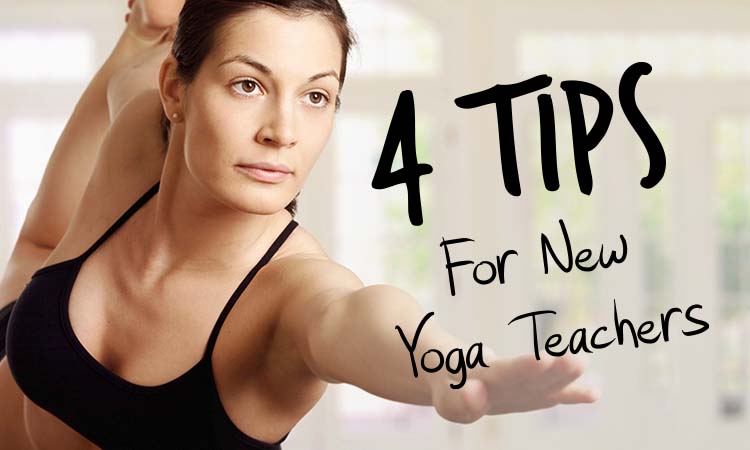You’ve done it. You fell hard for yoga. So hard, you’ve decided you want to share it. Because, we all know, this practice works! Now what do you do?
Sadly, completing a yoga teacher training does not always mean we are ‘ready’ to teach. This is not a fault of the program; rather, this is a reflection of the qualitative skills teaching requires. Trainings create a framework. Next you have to work to find YOU in your teaching!
Here are four tips to grow as a teacher:
1) Recognize you are a student too.
When I first started teaching, I didn’t want to admit to my students that I did not know something. I got caught in my ego and feared that my students would think less of me If I didn’t always have the answer. Sadly, it took me years to break out of this. Students would share with me complex injuries and I would feign understanding because I felt ashamed that I was out of my depth. (Please don’t do this!) Instead, trust me on this one: It is normal for you not to know something.
Yoga and bodies are so complex that, speaking frankly, you will never know everything. And, this is totally okay! Learn from my mistake and empower your students to be their own advocates. Yoga teaches us tools to access ourselves. And, as teachers, we must remember our role is to facilitate. If a student is having complex issues they might need a medical professional or even a therapist. Work within your professional limits and encourage students to get their needs met!
2) Take a Class (As a teacher)
Have a favorite teacher? Great! Take their class a ton with an eye towards how they teach. Notice what you like! Maybe the teacher is really hands on. Maybe they do a great job making yoga teachings relevant. Maybe they have a playful way of teaching complex asana. Get to know what resonates with you and be inspired!
BONUS- Take classes outside of your traditional practice style or try out teachers you tend to avoid. Our aversions can teach us a lot about how we want to teach and also about our own relationship to yoga (aka ourselves!).
3) Watch Bodies
One of the *best* bit of feedback I’ve ever received as a teacher was this: look at people when you teach. It sounds so simple but this is really challenging! As instructors we already feel vulnerable, so engaging with your students in this way can be overwhelming. I get it!
Still, you MUST watch and be seen by your students. Watching them will help you pace your class and give relevant cues (not just yoga-by-numbers) in real time. Letting them see you will keep them encourage and connected.
4) Have a Plan / Scrap the Plan
The best way to teach a successful class is to set yourself up to teach one! It really is that simple. This means you ALREADY have an embodied relationship to what you are about to teach and you’ve ALREADY established your theme / intentions, reading, playlist for the class.
Trust me on this, there is a difference in the energy of a class between a prepared teacher and one who is winging it. You want to align with the former. Always. Your students deserve a conscious, anatomically sound practice which requires planning.
That said, you also need to have enough flexibility as a teacher to modify your plans to your students. I know some days I show up really excited to share a physically complex asana and my students are low-energy and in need of TLC. In cases like this, you always make it about your students! You must know your class enough so that you can level up / level down according to your present.
What advice would YOU give to new yoga teachers?


